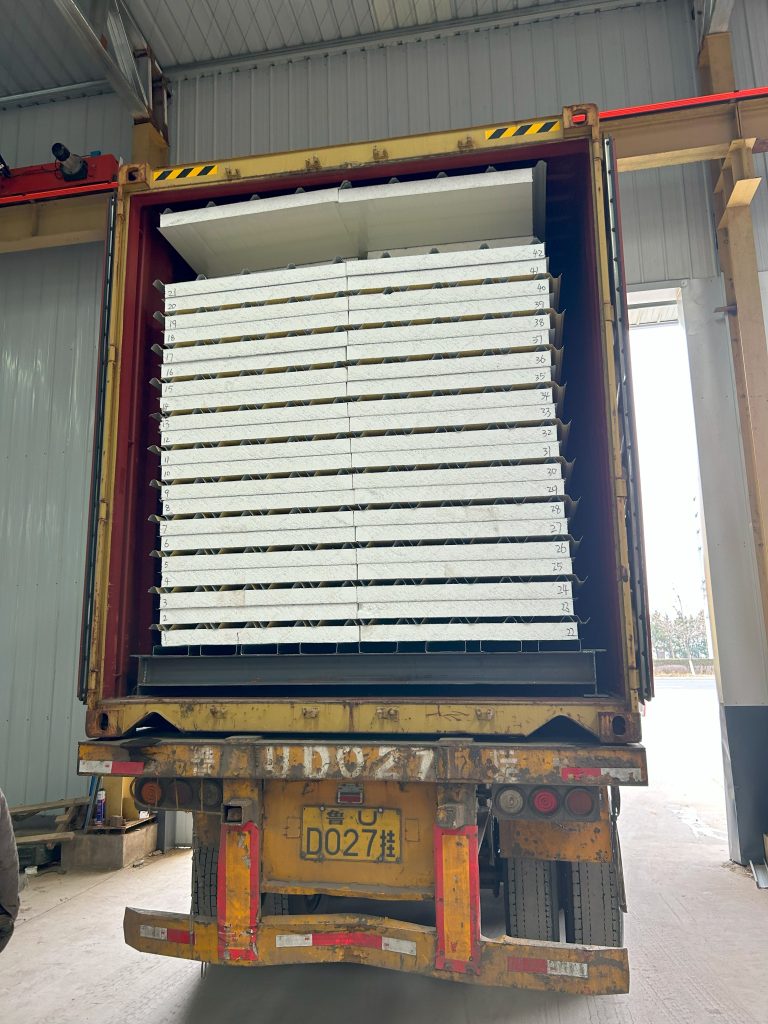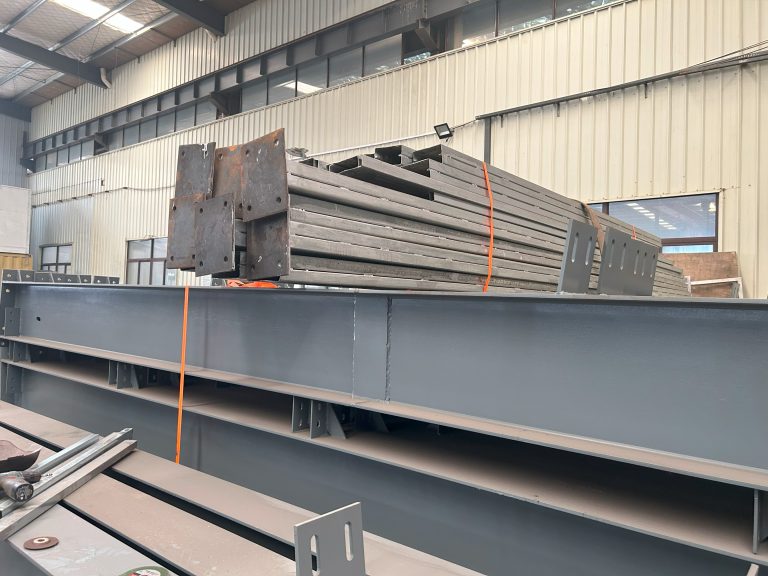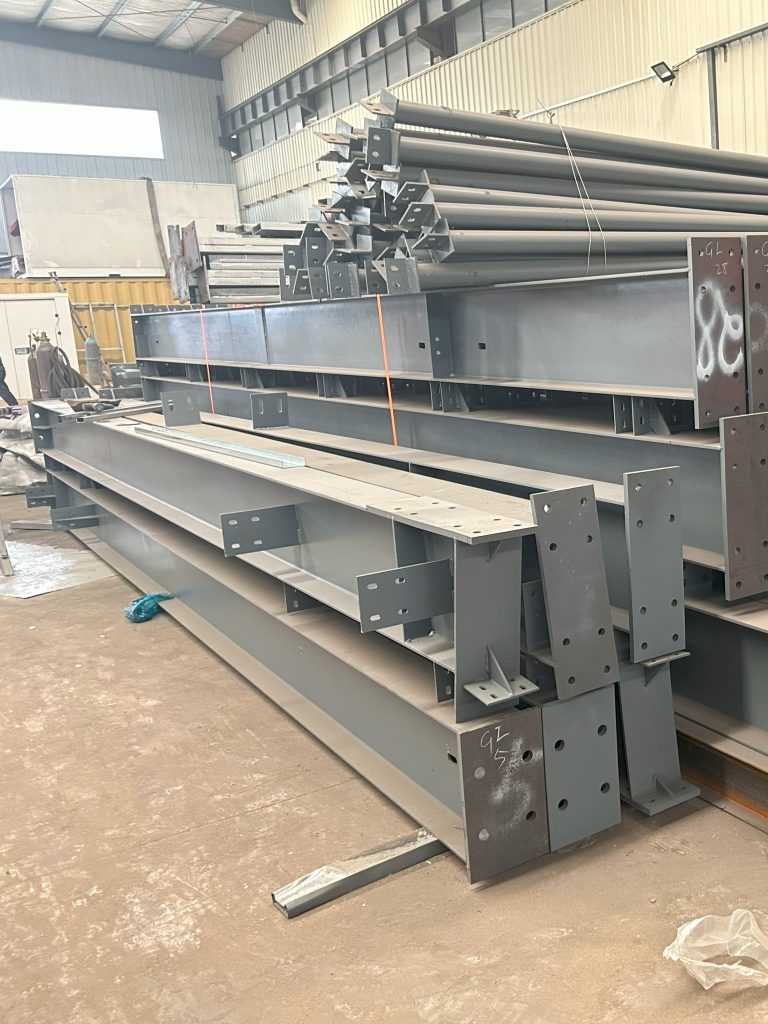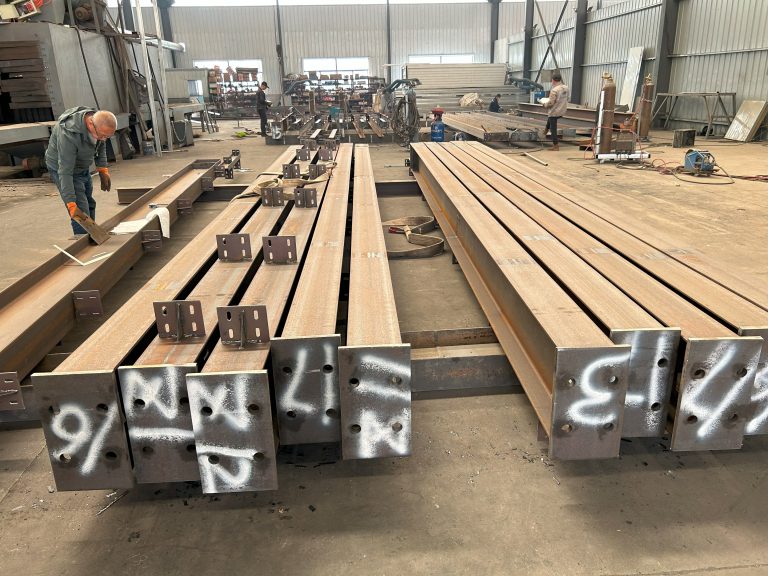The research environment construction and comfort improvement of box house in temporary scientific research experimental facilities are analyzed.
Table of Contents
Benefits of Constructing a Comfortable Research Environment in Box Houses
Temporary scientific research experimental facilities often utilize box houses as a cost-effective and efficient solution for housing researchers and equipment. These structures are typically constructed quickly and provide a functional space for conducting experiments and research. However, the comfort and overall environment of these box houses can greatly impact the productivity and well-being of researchers. In this article, we will explore the importance of constructing a comfortable research environment in box houses and the benefits it can bring to scientific research.
One of the key factors in creating a comfortable research environment in box houses is the construction of the facilities themselves. Proper insulation, ventilation, and lighting are essential for maintaining a comfortable temperature and atmosphere inside the structure. Inadequate insulation can lead to extreme temperatures, making it difficult for researchers to focus on their work. Similarly, poor ventilation can result in stuffy air and a lack of fresh oxygen, which can negatively impact cognitive function and overall well-being. Adequate lighting is also crucial for creating a productive work environment, as dim or harsh lighting can cause eye strain and fatigue.
In addition to the physical construction of the box houses, the layout and design of the interior space play a significant role in creating a comfortable research environment. Researchers often spend long hours working in these facilities, so it is important to provide ergonomic furniture and workstations to support their comfort and productivity. Comfortable seating, adjustable desks, and proper storage solutions can help researchers stay organized and focused on their work. Creating designated areas for relaxation and socialization can also contribute to a positive research environment, allowing researchers to take breaks and recharge before returning to their work.
Furthermore, the inclusion of amenities and facilities that promote well-being and comfort can greatly enhance the overall research environment in box houses. Access to clean and modern restroom facilities, showers, and kitchen areas can make researchers feel more at home and improve their overall experience while working in these temporary structures. Additionally, providing recreational spaces such as outdoor seating areas, gardens, or fitness facilities can help researchers relax and unwind after a long day of work.
By prioritizing the construction and comfort of box houses in temporary scientific research experimental facilities, researchers can benefit from a more productive and enjoyable work environment. A comfortable research environment can lead to increased focus, creativity, and collaboration among researchers, ultimately improving the quality and efficiency of scientific research conducted in these facilities. Additionally, a well-designed and comfortable research environment can help attract and retain top talent in the scientific community, as researchers are more likely to choose facilities that prioritize their well-being and comfort.
In conclusion, the construction and comfort improvement of box houses in temporary scientific research experimental facilities are essential for creating a productive and positive research environment. By investing in proper insulation, ventilation, lighting, ergonomic furniture, and amenities, researchers can enjoy a comfortable and supportive workspace that enhances their productivity and well-being. Ultimately, a comfortable research environment in box houses can lead to better scientific outcomes and a more fulfilling research experience for all involved.
Strategies for Improving Comfort in Temporary Scientific Research Experimental Facilities
Temporary scientific research experimental facilities, such as box houses, play a crucial role in facilitating research activities in various fields. These facilities are often used for short-term research projects, field studies, or experiments that require controlled environments. However, the comfort of researchers working in these facilities is often overlooked, which can have a negative impact on their productivity and well-being. In this article, we will discuss the importance of creating a comfortable research environment in box houses and explore strategies for improving comfort in these temporary facilities.
One of the key factors that contribute to the comfort of researchers in box houses is the construction of the facility itself. The design and layout of the box house should be carefully planned to ensure that it meets the needs of researchers and provides a conducive environment for conducting experiments. For example, the box house should be equipped with adequate lighting, ventilation, and temperature control systems to create a comfortable working environment. Additionally, the layout of the facility should be optimized to maximize space and facilitate the flow of research activities.
In addition to the construction of the box house, the comfort of researchers can also be improved through the use of ergonomic furniture and equipment. Researchers often spend long hours working in the facility, so it is important to provide them with comfortable seating, desks, and workstations to prevent fatigue and discomfort. Ergonomic furniture can help reduce the risk of musculoskeletal injuries and improve overall productivity. Furthermore, the use of adjustable furniture and equipment can allow researchers to customize their workspaces to suit their individual needs and preferences.
Another important aspect of creating a comfortable research environment in box houses is the provision of amenities and facilities that support the well-being of researchers. For example, the facility should be equipped with rest areas, break rooms, and kitchen facilities where researchers can relax, socialize, and recharge during breaks. Access to clean drinking water, snacks, and other essentials can also contribute to the comfort and satisfaction of researchers working in the facility. Additionally, the availability of recreational activities, such as exercise equipment or outdoor spaces, can help researchers de-stress and maintain a healthy work-life balance.
Furthermore, the comfort of researchers in box houses can be enhanced through the implementation of soundproofing and noise control measures. Research activities often involve the use of equipment and machinery that generate noise, which can be disruptive and distracting to researchers. By installing soundproofing materials, such as acoustic panels or insulation, researchers can work in a quieter and more focused environment. Additionally, the use of noise-canceling headphones or earplugs can help researchers block out unwanted noise and improve their concentration and productivity.
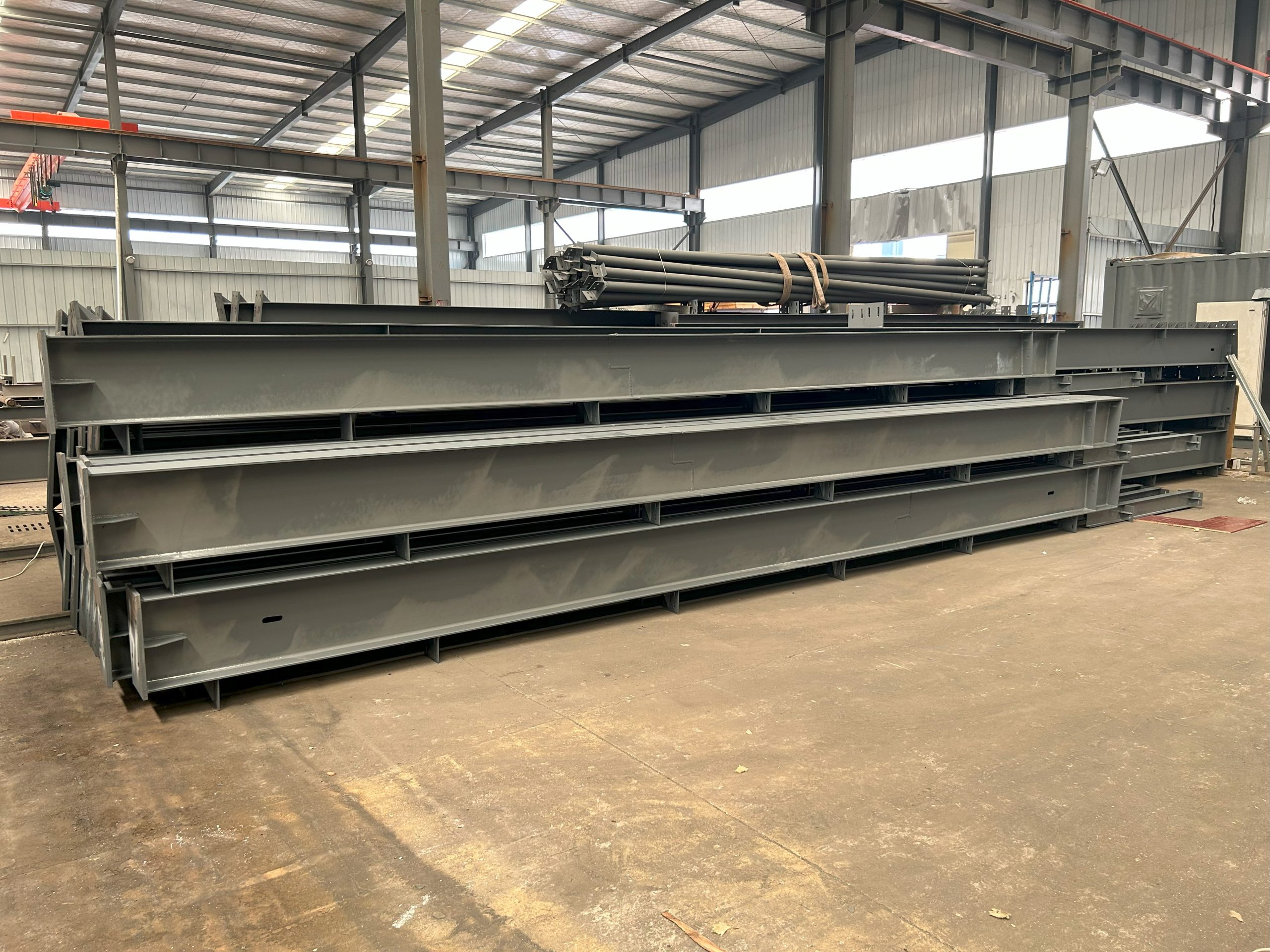
In conclusion, the comfort of researchers in temporary scientific research experimental facilities, such as box houses, is essential for ensuring the success of research projects and the well-being of researchers. By paying attention to the construction, design, and amenities of the facility, researchers can create a comfortable and conducive environment for conducting experiments. Strategies such as using ergonomic furniture, providing amenities and facilities, and implementing soundproofing measures can help improve the comfort of researchers in box houses and enhance their overall research experience. Ultimately, investing in the comfort of researchers can lead to higher productivity, better research outcomes, and a more positive research environment.


